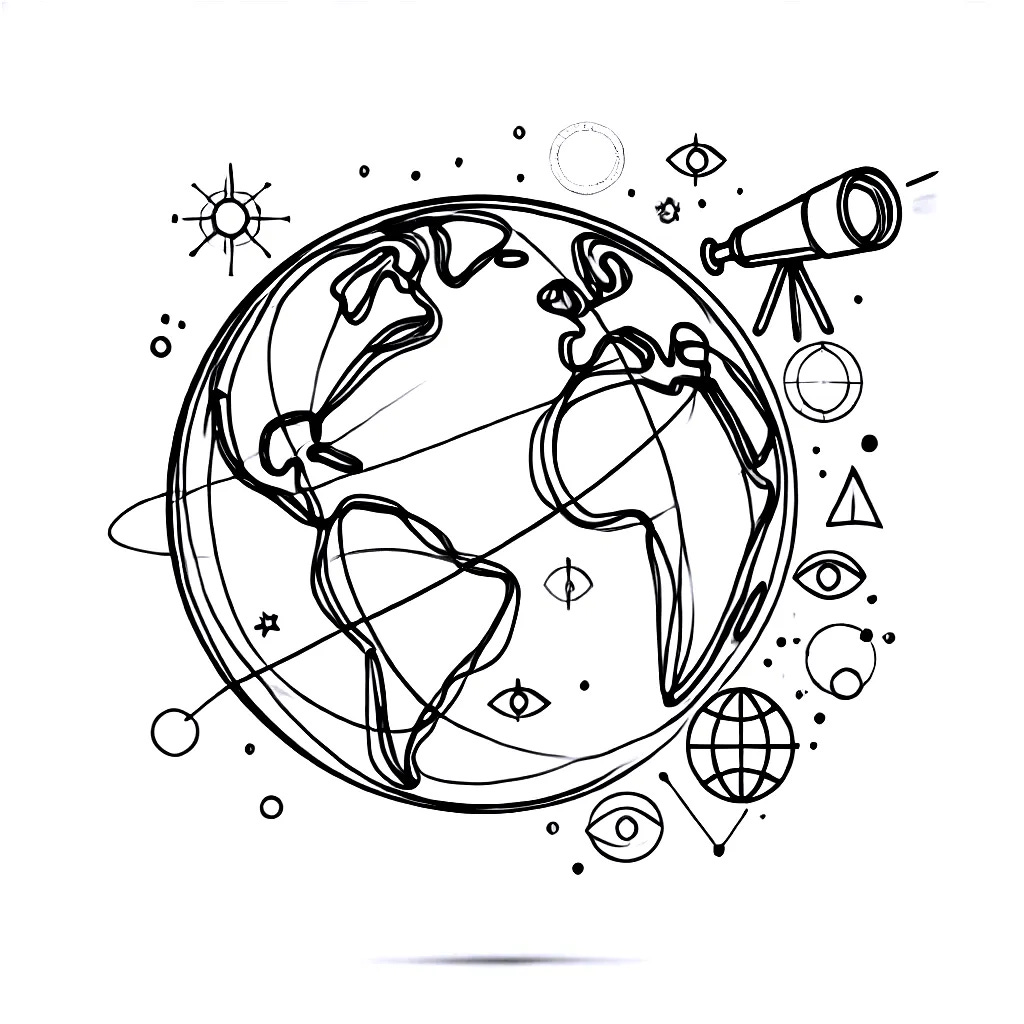What Can We Control?
So little. And yet, a lot.
The world is shifting, stalling, and at times, it seems to be spiralling out of control.
As business leaders and entrepreneurs, what can we control?
Three things:
Context - seeing more as it changes.
Questions - driving clarity through dialogue.
Connections - updating who we know, and who knows us, in step with the world.
These go beyond soft skills. They’re survival skills for business leaders navigating complexity and change. Together, they form a framework for global sensemaking - seeing what others miss and acting where others stall or fall short.
The intersections provide further clarity:
Filter (Context + Questions): What matters now, and what no longer does?
Find (Questions + Connections): What new ideas, partners, or threats are you missing?
Focus (Context + Connections): Which signals are worth aligning your energy and resources around?
This model works because it reflects how the world actually behaves - non-linear, interconnected, and in motion. It’s a tool to help leaders anchor their decisions in shifting times without becoming stuck in outdated thinking or narrow networks.
“You are not Atlas carrying the world on your shoulder. It is good to remember that the planet is carrying you.” - Vandana Shiva, Indian environmentalist and scholar
The challenge is to align with what is working in the world, rather than be pushed by what is not.
The Risk of Disconnect
A warning comes from Tokugawa Japan, which enforced a strict seclusion policy from 1639 to 1853. For over two centuries, Japan closed itself off to most foreign contact. While this preserved internal order, it came at a cost. As the world advanced in science, technology, and trade, Japan missed the signals. When Commodore Perry arrived into Tokyo Bay in 1853 and forced the country open, it faced the world at a disadvantage - and had to modernise rapidly just to catch up.
When leaders disconnect from global shifts, they can quickly lose ground.
When the most significant trends, technologies, and threats - as well as opportunities - increasingly originate far from where we live and work, it’s never been as important to be connected to global shifts.
That’s why leaders must now build the capacity to see more, ask better questions, and stay connected across borders.
Quick Check: How Global Is Your Lens?
Score each from 1 (not true) to 5 (very true):
We regularly review global signals that could impact us.
We ask ambitious and uncomfortable questions about the future.
Our team includes or consults with people from outside our industry or geography.
We know what not to do, not just what to pursue.
Our partnerships are shaped by global shifts, not just past relationships.
Our questions lead us to new insights - not just confirmation.
We revisit our assumptions when the world changes.
Scorecard:
30–35: Strong global sensemaking. Leverage it.
20–29: Moderate. Strengthen your blind spots.
Below 20: Too narrow. Time to widen your lens.
The leaders with clarity and conviction are seeing, listening, and connected to something broader than themselves.
They cross borders and break down barriers, achieving smarter business success. They know that we go further, faster, together.
How did you score?
What would it take you to move up a level?



